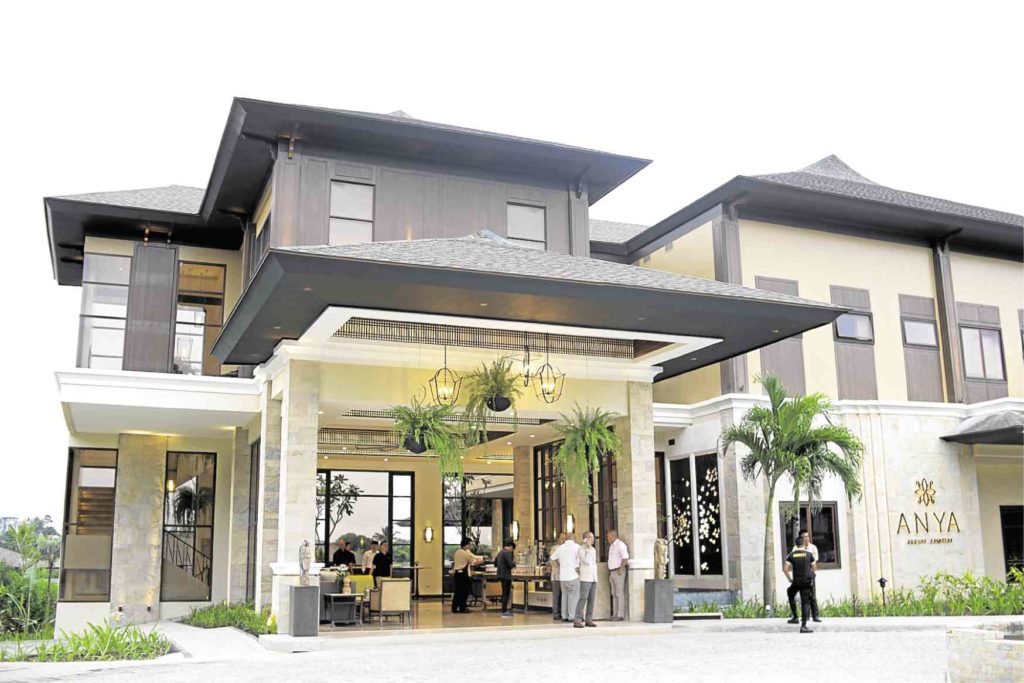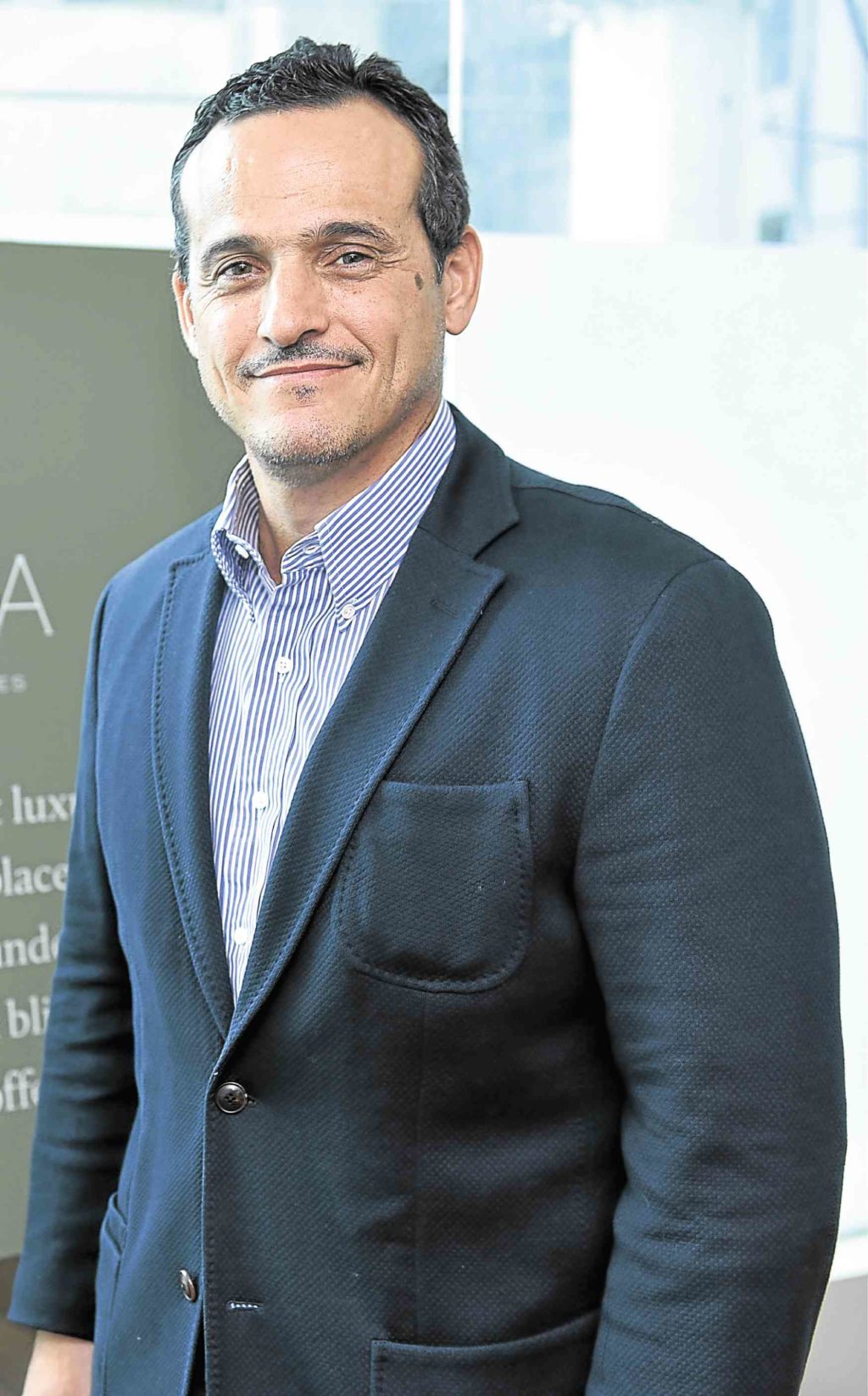Anya ready to take on the world
Santiago Elizalde y Roxas says Anya, the name of his company’s ongoing development in Tagaytay, means no boundaries or no limits in Sanskrit and it can be applied in different areas.
For Elizalde’s new venture, Anya Hospitality Corp., a hotel, resort and property management company, the name is both aspiration and inspiration.
With Anya, Elizalde, AHC president and chief executive officer, hopes to break down barriers and bring a Filipino name on the global scene.
“No Filipino brand has really made it in the international market,” he notes.
His hope is that AHC, which opened its first resort and residences complex in Tagaytay, will become not just a nationally recognizable name but also the first Filipino resort brand to make it in the international travel and tourism market.
The first Anya development is a resort and residences complex on a 7.2-hectare property. At the heart of this sprawling development project is the Anya Resort, whose amenities and facilities constitute a bonus that people who will buy in any of the two residential sections—owner-designed-and-built homes and Anya Residences, nine low-rise clusters of condominiums—will have.
Home or condo unit owners, who may be mostly weekend residents, do not have to worry about household chores to keep their properties spic and span. AHC’s lifestyle management system makes available the facilities and services they need. They can have cleaners, handymen, even chefs to prepare personal meals in their condos or homes as they have access to the resort’s services and staff.
Elizalde is proud of the fact that many members of the staff have experience in international hospitality facilities, having worked abroad. “We have hired people who have ‘been there, done that,’” he says. The majority of the employees, however, come from Tagaytay and neighboring Silang, making the commute easy. “It is also good to work with local communities,” he says. Local farmers supplement Anya’s fresh produce requirements and the resort also buys products from the Good Shepherd nuns.
“We are quite strong in community development,” Elizalde says, referring not just to AHC but also Roxaco-Vanguard Hotel Corp., which operates budget hotels throughout the country and of which he is also president and CEO.
Ready-made garden
Anchored by an old, lush three-hectare garden, carefully and lovingly tended and nurtured by the original property owner, the Anya complex is literally green. Elizalde says the original owner sold the property on the assurance that the expansive garden will be incorporated and integrated seamlessly and naturally into the development plan.
The project is really a joint venture with the original owner, Elizalde says. They offered to develop the property, with the garden as the centerpiece of the complex.
Property buyers, who love gardens but cannot have their own for various reasons, will be able to enjoy not a tiny patch of green but an expanse of fully grown flowering and ornamental trees and plants, bamboos and palms. The gardens are not just for show. “This is a garden community,” Elizalde says, “so we use produce (vegetables and herbs) from the gardens.”
Flower arrangements for the complex also use materials from the garden.
Elizalde says they want to promote outdoor activities and more natural lifestyles in Anya, which is a golf cart community —people have to move around the complex on golf carts.
But does Anya, even with all its many distinctive features, have a place—and a chance to succeed—in Tagaytay, which seems to have an overflow of hotels and restaurants?
Elizalde believes so and is unfazed by the competition. “There’s room for everybody [and Tagaytay] can use another resort,” he says, pointing out that more people are going to the city, not only for the view of the famous volcano, but to try the different restaurants that have mushroomed in the area.
Anya Resort offers three different dining options for foodies willing drive all the way to Tagaytay to try.
“Tagaytay is so much more accessible to Metro Manila. People do not have to get on a plane to go to the city. They can drive to Tagaytay,” Elizalde says.
“Filipinos have also become more adventurous eaters,” he adds.
Elizalde describes the design of and plan for the complex as “basic Asian” that significantly leans toward Filipino. “It is a Filipino-themed development,” he says. Filipino architects and designers have had a hand in what Anya has become. “We want to promote Filipino [features],” he says. “The look and feel are Filipino.” Capiz (mother of pearl) is used extensively, for instance, and headboards in the resort sport the barong Tagalog design.
Elizalde says the overall concept is very traditional with contemporary touches.
Already literally green with its vast garden, Elizalde says they also adopted environment-friendly or “green” technology to conserve vital resources like water and energy. LED (light emitting diodes) bulbs are used all over the complex and rain catchers have been installed to collect rain water, which is used to water the garden. Using rain water is also a money-saver as Elizalde says “water in Tagaytay is not cheap.” They may consider using solar energy later, he says.
Elizalde describes Anya as “affordable luxury.” Guests enjoy five-star luxury and amenities for less than five-star prices. The more affordable rates dovetail with AHC’s goal to promote “staycation” and family-style vacations.
Elizalde thinks the next Anya may rise in Palawan. He says throughout the country, there is a shortage of hotel rooms.
Whether or not Palawan hosts the next Anya, Elizalde is certain of one thing though. “We plan to develop this Filipino brand. We want to take this far and make it really big.” —CONTRIBUTED


